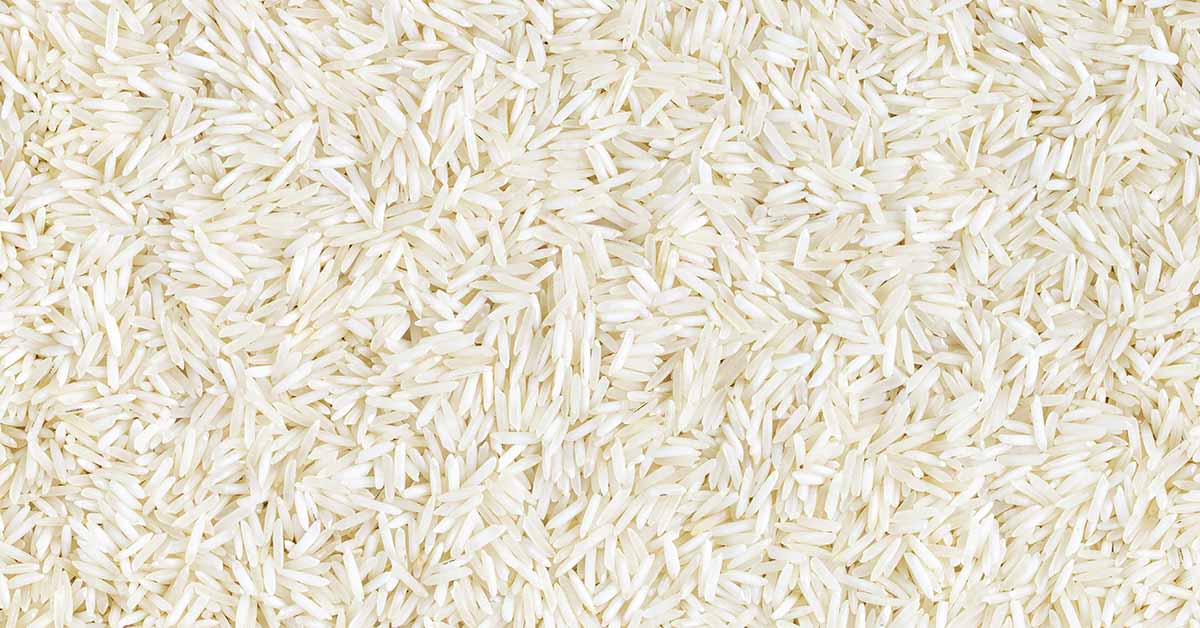With the prevalence of diet culture, carbohydrates have a bad reputation. But while trendy meal plans may allow complex carbs from whole grains, they usually demonize white rice and pasta. After all, they are lower in fiber and protein compared to whole grains. What’s more, the body digests them quickly, which leads to spikes in blood sugar levels. Over time, these spikes can contribute to insulin resistance and low energy, among other issues. But don’t trash white grains just yet. Researchers have discovered they contain a super nutrient called resistant starch.
What is resistant starch?
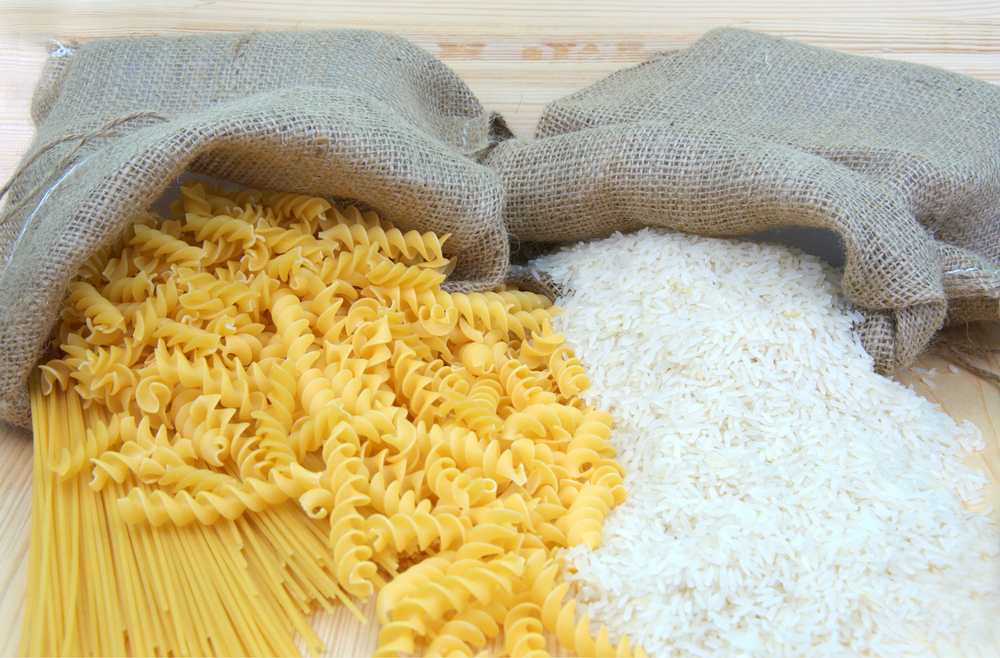
Resistant starch is a type of carbohydrate that the body doesn’t digest in the small intestine. Instead, it ferments in the large intestine and feeds the healthy bacteria there. Despite their bad rep in many fad diets, carbohydrates serve an important purpose. They are nutrients that the body turns into glucose and uses for energy. There are two types of carbohydrates: simple or complex. Simple carbs are faster to break down into glucose, which is why they often cause spikes in blood sugar levels. They come in many types of unhealthy foods like candy, which give bursts of energy before fizzling out into “sugar crashes”.
Simple and complex carbohydrates

White bread, rice, and pasta are other sources of simple carbohydrates. However, resistant starches are a form of complex carbohydrates, which are harder for the body to digest, leading to fewer sugar level spikes and more healthy bacteria in the gut. Resistant starch also contains fewer calories per gram compared to other starches. Complex carbs tend to provide more nutrients like fiber and protein. Foods with these types of carbs include brown rice, quinoa, whole grain bread and pasta, oats, potatoes, and legumes.
Four types of resistant starches
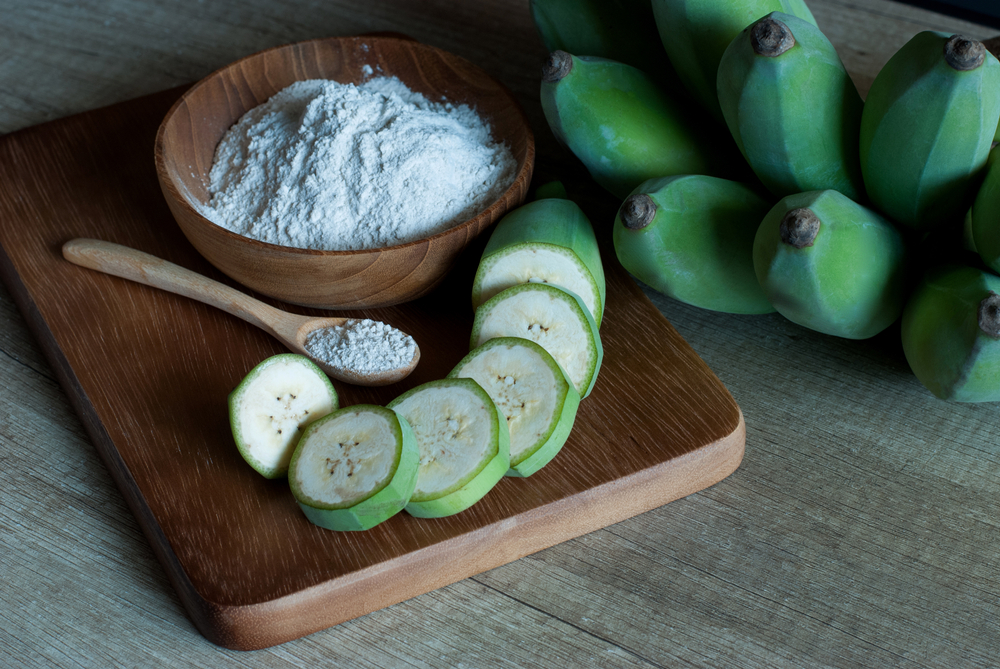
There are four types of resistant starches that come from a variety of sources, according to WebMD. Type one are stuck inside the cell walls of seeds and grains that aren’t digestible until ground or milled. Type two are in foods like raw potatoes and unripe bananas (green bananas), and they are indigestible because they are so compact. Then type three are in cooked foods that have cooled down, which turns the starches into resistant starches. And type four is chemically modified starches typically in bread and cakes.
Read More: Resistant Starches, Good Bacteria, and Colon Cancer—What You Need to Know
Creating resistant starch

Let’s take a closer look at type three, with the example of white rice. After it’s cooked, the white kernels have chains of sugar molecules called digestible starch. The body’s enzymes easily process these chains, releasing the glucose all at once into the bloodstream, causing a sugar spike. However, once the rice has been refrigerated for six to eight hours, the sugar chains begin to stick together, making them harder to digest. “The chains form twisted shapes and different branches,” says microbiologist Maria Marco to NPR, “and our enzymes can no longer reach them.”
Becoming healthy overnight

Therefore, the chains become resistant starch that “resist” digestion. Studies have proved that cold leftover rice doesn’t raise blood sugar levels as high or as quickly as freshly cooked hot rice. Moreover, indigestible carbohydrates work like soluble, fermentable fiber, which is a nutrient vital for the healthy function of the digestive system. In other words, a food low in fiber can sit overnight and seemingly become higher in fiber.
The hidden nutrient in white rice, pasta, and potatoes
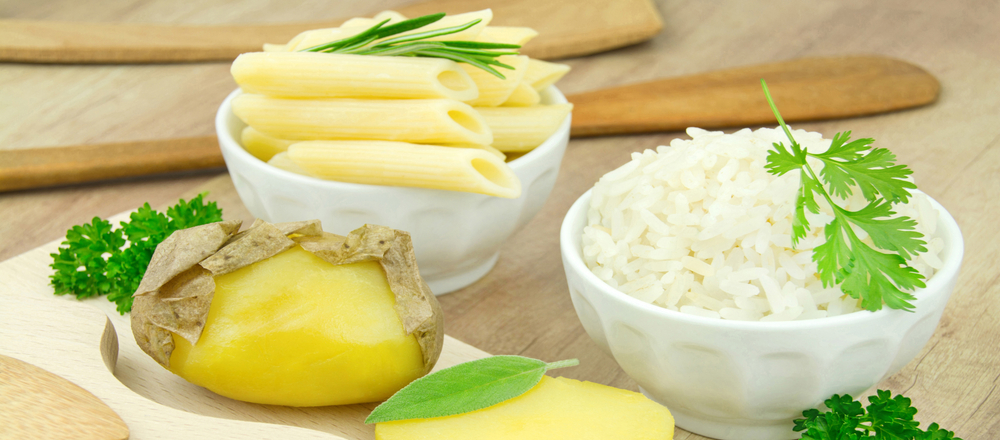
The same technique goes for white pasta and potatoes. So leftover potato salad or pasta salad has more indigestible carbs than hot spaghetti or a freshly baked potato. What’s more remarkable, high-fiber foods can also increase in indigestible carbs if chilled in the same way. For example, overnight oats can have more of these carbs than hot oatmeal. So if you consume oats to manage regular bowel movements, you may want to switch your recipe.
Read More: 5 Science-Backed Foods That Boost Gut Health Naturally
Feeding the gut microbiome

But fiber can do more than aid regularity. It helps maintain overall health. “It promotes the growth of beneficial bacteria in your lower gut,” says microbiologist Ravinder Nagpal at Florida State University. It especially feeds the microbes in the large intestine. “Resistant starch is one of their favorite foods. It’s the most important starch for the health of your microbiome.” When the microbes consume resistant starch, they create smaller molecules that provide a multitude of health benefits.
Health benefits of resistant starch

The main benefit of this starch is its positive effects on the digestive system. Not only does it feed the gut microbiome, but it can also potentially reduce chronic inflammation. This means it can help manage digestive disorders like ulcerative colitis, Crohn’s disease, diarrhea, and constipation. Also, it can improve insulin sensitivity, which is how the body responds to insulin. In the same vein, resistant starch can lower blood sugar levels after eating, explains Healthline. Poor insulin sensitivity (also called insulin resistance) can be a major risk factor for multiple chronic disorders, including type 2 diabetes, heart disease, obesity, and Alzheimer’s.
How to eat more resistant starch
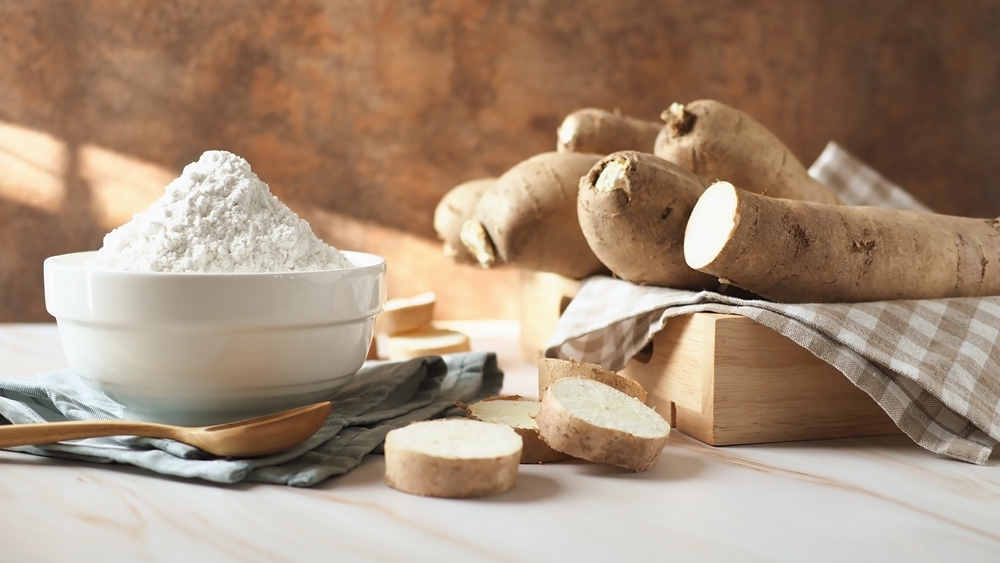
Fortunately, eating resistant starch doesn’t mean a diet of cold leftovers. You can lightly reheat rice and pasta as long as you don’t recook them, since this will reduce parts of the resistant starch. You can save cooking time by making large batches of rice or the like and enjoying it over several days. At the same time, you can fill your diet with other foods high in resistant starch including:
- Green bananas
- Plantains
- Nuts
- Lentils
- Peas
- Beans (especially white beans)
- Whole grains like oats and barley
- Uncooked potato starch
Disclaimer: This information is not intended to be a substitute for professional medical advice, diagnosis or treatment and is for information only. Always seek the advice of your physician or another qualified health provider with any questions about your medical condition and/or current medication. Do not disregard professional medical advice or delay seeking advice or treatment because of something you have read here.
Read More: The Exact Amount Of Greens You Should Eat To Reduce Heart Disease Risk – Study
